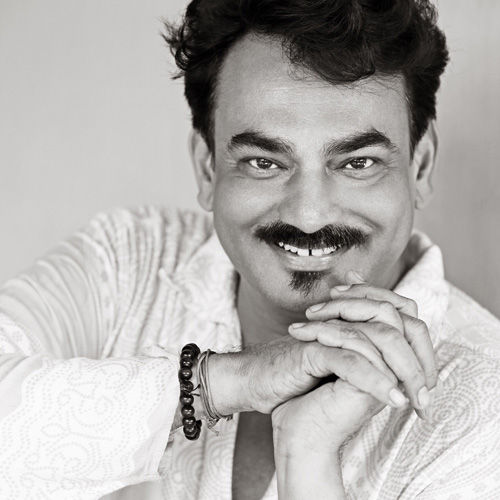
Wendell Rodricks
Fashion Designer
Wendell Rodricks
"We should not compare India and the West. There are things we do that they can never do. And vice versa. Each country has its own specialisation."
"We should not compare India and the West. There are things we do that they can never do. And vice versa. Each country has its own specialisation."
Fibre2Fashion: What were your thoughts receiving the Padma Shri award? What is the next big thing you are aiming at?
Wendell Rodricks:
I
am honoured, humbled and happy to be awarded the Padma Shri. It is truly a
great response for the work I have put in for the state and the country. I hope
to do more for Goa and for India.
F2F: How did you go from catering to fashion designing? What inspired you to be a fashion designer?
WR:
I
always wanted to be a designer. So, when I earned enough from hotel management,
I moved to the United States of America and to Paris to study fashion.
F2F: Indian fashion is not just about Delhi or Mumbai, is it?
WR:
Indian
fashion is all over India. Though the main fashion weeks happen in Delhi and
Bombay, there is enough happening nationwide.
F2F: How are outfits of Goa relevant today?
WR:
I
researched for my book Moda Goa for
ten years and spent a further year penning it. The past is always relevant to
know where to go in future. The
western coast of India is where the diversity of India lived in harmony. It
welcomed, engaged with, influenced, and absorbed what it wanted to, with such
ease. Through this openness emerged an unusual fabric of a hybrid culture where
respect for diversity was a given. Being a port, Goa looked outwards, and was
not rigid or insular in its attitude. During
my research, I came to know how Lord Vishnu is worshipped by artisans, weavers
and dyers because of the belief that all fibre and fabric like cotton and silk
emerged from his navel. It was interesting to know that a goddess is draped in
a saree of a particular colour, according to the occasion, because every colour
has relevance.
The two main influences in Goa were the Khaljis and Tughlaqs. They made a huge
contribution towards garments. Earlier, only drapes like a saree or a dhoti or
a shawl were used. These two dynasties brought the concept of cut garments sewn
together by hand. Goa was the
birthplace of Indo-Western outfits, a style very popular among contemporary youth.
Nowhere will you see a man wearing a dhoti, kurta and a jacket, and also
wearing shoes and socks. Goa was the cradle of Indo-Western couture.
F2F: Can you cite examples of states where clothes show a strong influence of other cultures?
WR:
As
a country that has seen the influence of other cultures, it is obvious that our
sense of style has adopted and imbibed what is best. Indian drapes were the
norm till the Moghuls brought in pattern pieces. So did the English. They gave
us the petticoat under the sari.
F2F: Is there lack of quality awareness and brand awareness in India, compared to other countries?
WR:
We
should not compare India and the West. There are things we do that they can
never do. And vice versa. Each country has its own specialisation.
F2F: What is your advice to budding fashion designers?
WR:
Keep
your state and your country in the clothes. Be original on an international
level. Work hard to be creative.
F2F: How popular have western dresses been in Asia? Is there a lot of choice in terms of fabrics, colours etc.?
WR:
Western
dress has no relevance in Asia. They do accessories and not much more. We have
more colour, weaves, dyes and embroideries that they cannot even dream of. In fact,
they sell more accessories than clothes in their own countries.
Anurag Batra
Abhay Gupta
Rahul Mehta
Bill D’Arienzo
Arun Sirdeshmukh
Rahul Mehta
Gabi Seligsohn
Fanny Vermandel
Aseem Prakash
Pradip Mehta

20230103183907.png)


_8.JPG)







